Schools of Anthias are one of the most vibrant sights on a coral reef and are highly desired in the marine aquarium....
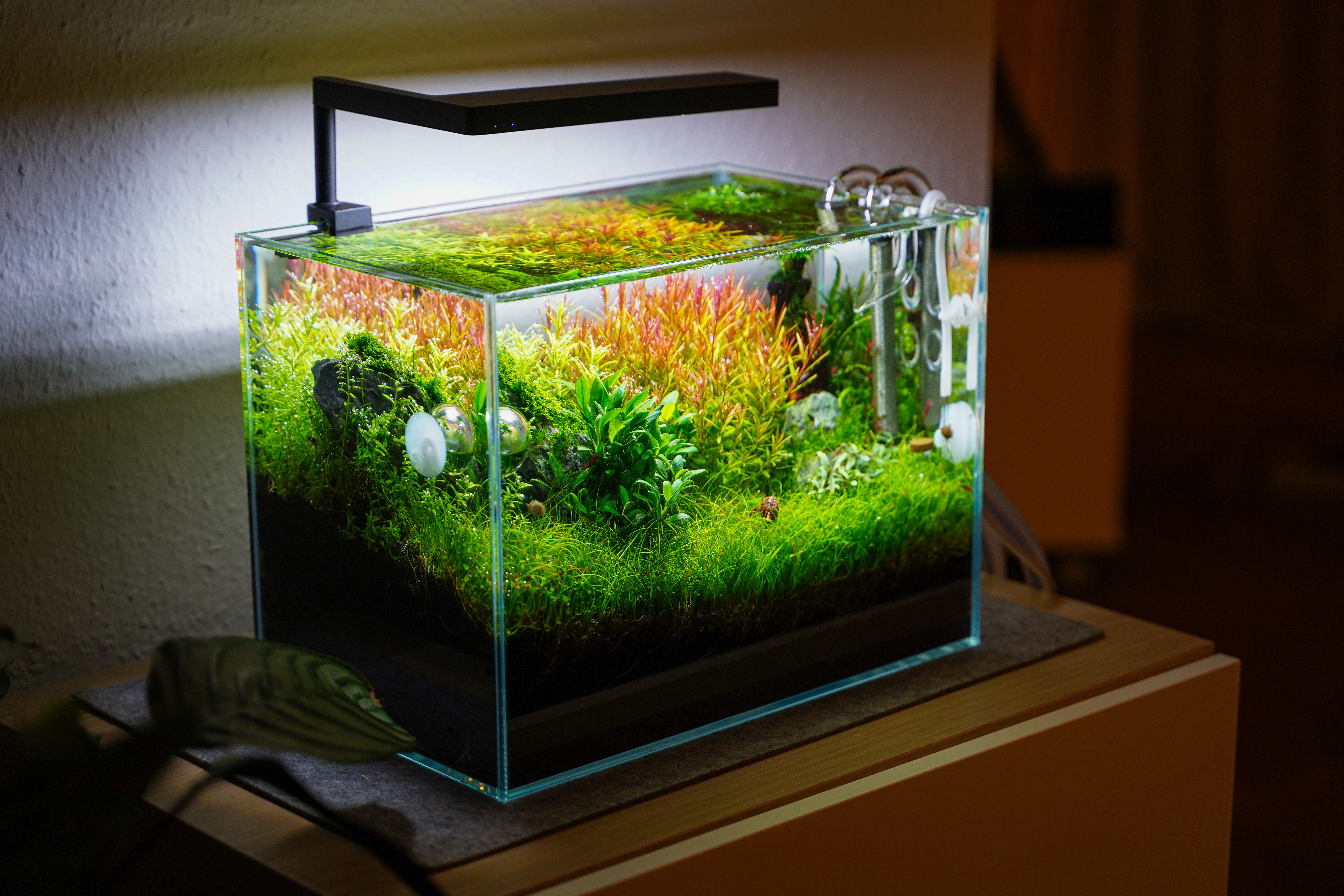
The Future of Aquascaping: Innovations and Emerging Techniques
Traditional Aquascaping Techniques
For decades, aquascaping has been a captivating hobby that has allowed enthusiasts to create stunning underwater landscapes within the confines of an aquarium. The traditional techniques used in aquascaping have been well-established, drawing inspiration from the natural world and the principles of landscape design.
One of the hallmarks of traditional aquascaping is the use of natural materials, such as rocks, driftwood, and aquatic plants, to create a harmonious and visually appealing underwater environment. Aquascapers have long relied on techniques like the use of the golden ratio, the rule of thirds, and the concept of balance to achieve a sense of aesthetic perfection in their creations.
Another integral aspect of traditional aquascaping is the careful selection and placement of aquatic plants. Aquascapers have mastered the art of creating lush, vibrant plant communities that not only enhance the visual appeal of the aquarium but also support the overall health and balance of the ecosystem. From the delicate, flowing stems of aquatic mosses to the bold, sculptural forms of larger aquatic plants, the diversity of the plant life has been a crucial element in traditional aquascaping.
The Rise of Innovative Aquascaping Techniques
As the aquascaping hobby has evolved, enthusiasts have started to push the boundaries of what is possible, exploring new and innovative techniques that are transforming the way we approach underwater landscaping. These emerging techniques are not only expanding the creative possibilities of aquascaping but also addressing some of the challenges and limitations inherent in the traditional methods.
One of the most exciting developments in the world of aquascaping is the use of innovative lighting systems that mimic the natural sunlight conditions found in different parts of the world. By carefully replicating the intensity, color temperature, and even the diurnal patterns of natural lighting, aquascapers can create aquariums that more closely resemble the real-life habitats of the aquatic species they house.
This advancement in lighting technology has had a profound impact on the growth and health of aquatic plants, allowing aquascapers to create lush, thriving plant communities that were once difficult to maintain. The ability to precisely control the lighting conditions has also opened up new avenues for aquascapers to experiment with different plant species and create unique, visually striking compositions.
Incorporating Technology in Aquascaping
As technology continues to advance, aquascapers are finding new and innovative ways to incorporate it into their craft. One of the most exciting developments in this regard is the use of 3D printing to create custom-designed decorations and structures for aquariums.
With the help of 3D printing, aquascapers can now bring their wildest underwater visions to life, crafting intricate and highly detailed rocks, caves, tree branches, and even coral formations. These custom-designed elements not only enhance the visual appeal of the aquascape but also provide valuable habitats and hiding spots for the aquatic inhabitants.
The versatility of 3D printing also allows aquascapers to experiment with unconventional materials and textures, further expanding the creative possibilities of the hobby. From sleek, minimalist designs to naturalistic, organic forms, the integration of 3D printing has opened up a whole new world of possibilities for aquascaping enthusiasts.
In addition to the use of 3D printing, aquascapers are also exploring the potential of other technological advancements, such as advanced filtration systems, automated water testing and dosing, and even remote monitoring and control of their aquariums. These innovations not only make the hobby more accessible and user-friendly but also allow aquascapers to focus more on the creative aspects of their craft, rather than the day-to-day maintenance tasks.
Underwater Landscaping: Creating a Natural Ecosystem
As the aquascaping hobby continues to evolve, there has been a growing emphasis on creating aquariums that mimic the natural ecosystems found in the wild. This approach, known as biotope aquascaping, involves carefully replicating the specific environmental conditions, plant life, and aquatic species found in a particular region or habitat.
Biotope aquascaping requires a deep understanding of the natural world and the complex interrelationships between different elements of an ecosystem. Aquascapers must carefully research the water parameters, lighting conditions, and the native flora and fauna of the region they wish to recreate in their aquarium.
By incorporating these elements, aquascapers can create aquariums that not only look visually stunning but also support the health and well-being of the aquatic life within. This holistic approach to aquascaping has led to the development of more sustainable and balanced aquatic environments, where the aquatic plants and animals can thrive in harmony.
The pursuit of creating natural ecosystems has also inspired aquascapers to explore the use of unconventional materials in their aquascapes. From repurposed materials like driftwood and rocks to innovative substrates and water additives, aquascapers are finding new ways to replicate the diverse and complex habitats found in nature.
Utilizing Unconventional Materials in Aquascaping
As the aquascaping hobby continues to evolve, aquascapers are increasingly exploring the use of unconventional materials in their underwater creations. This shift towards the incorporation of non-traditional elements has not only expanded the creative possibilities of the hobby but has also addressed some of the limitations and challenges associated with the use of more traditional materials.
One of the most prominent examples of this trend is the use of 3D-printed decorations and structures, as mentioned earlier. By leveraging the power of 3D printing, aquascapers can now create highly detailed and customized elements that were once impossible to achieve using traditional methods.
But the exploration of unconventional materials extends far beyond the realm of 3D printing. Aquascapers are also experimenting with repurposed and recycled materials, such as driftwood, rocks, and even ceramics, to create unique and visually striking aquascapes.
The use of these unconventional materials not only adds an element of sustainability to the hobby but also allows aquascapers to push the boundaries of their creativity. By incorporating unexpected textures, shapes, and even colors into their aquascapes, they are able to create truly one-of-a-kind underwater landscapes that captivate and inspire.
Embracing Minimalist and Biotope Aquascaping
As the aquascaping hobby continues to evolve, two distinct trends have emerged that are transforming the way enthusiasts approach their underwater creations: minimalist aquascaping and biotope aquascaping.
Minimalist aquascaping, as the name suggests, focuses on creating clean, uncluttered, and visually striking aquascapes that rely on a carefully curated selection of elements. Rather than overwhelming the viewer with a profusion of plants and decorations, minimalist aquascapers strive to create a sense of balance and harmony through the strategic placement of a few key components.
This approach to aquascaping not only showcases the natural beauty of the aquatic plants and materials used but also allows the aquatic inhabitants to take center stage. By reducing the visual clutter, minimalist aquascapers create a calming and serene environment that invites the viewer to appreciate the simple elegance of the aquascape.
In contrast, biotope aquascaping is all about replicating the natural habitats of specific aquatic species or regions. This approach requires a deep understanding of the environmental conditions, plant life, and aquatic fauna found in a particular ecosystem. Biotope aquascapers meticulously research and recreate the unique characteristics of these natural habitats, creating aquariums that are both visually stunning and ecologically balanced.
The rise of biotope aquascaping has not only expanded the creative possibilities of the hobby but has also fostered a greater appreciation for the natural world and the conservation of aquatic ecosystems. By showcasing the beauty and diversity of these habitats, biotope aquascapers inspire others to learn more about the fragile ecosystems that exist beneath the water's surface.
Aquascaping Competitions and Their Impact on the Hobby
As the aquascaping hobby has grown in popularity, so too has the rise of aquascaping competitions. These high-profile events have not only showcased the incredible talent and creativity of aquascapers around the world but have also played a significant role in shaping the future of the hobby.
Aquascaping competitions, such as the prestigious International Aquatic Plants Layout Contest (IAPLC), have become a platform for aquascapers to push the boundaries of their craft and showcase their most innovative and visually stunning creations. These competitions have not only inspired aquascapers to strive for ever-greater heights of artistry and technical skill but have also introduced the wider public to the captivating world of underwater landscaping.
The impact of these competitions extends far beyond the individual aquascapers who participate. By highlighting the latest trends, techniques, and innovations in the field, aquascaping competitions have helped to shape the direction of the hobby, inspiring others to experiment with new materials, explore unconventional approaches, and discover the true potential of aquascaping.
Moreover, these competitions have fostered a vibrant and engaged community of aquascaping enthusiasts, who come together to share their knowledge, experiences, and a deep appreciation for the art of underwater landscaping. This sense of community has been instrumental in driving the continued evolution and growth of the hobby, as aquascapers learn from one another and push the boundaries of what is possible.
The Future of Aquascaping: Predictions and Trends
As we look to the future of aquascaping, it's clear that the hobby is poised for even greater innovation and transformation. The emergence of new technologies, the exploration of unconventional materials, and the growing emphasis on sustainability and ecological balance are all shaping the direction of the aquascaping world.
One of the most exciting predictions for the future of aquascaping is the continued advancement of lighting technology. As aquascapers become more adept at replicating the natural lighting conditions found in various aquatic habitats, the ability to support a wider range of plant species and create even more visually stunning aquascapes will become increasingly accessible.
Additionally, the integration of smart home technology and the Internet of Things (IoT) is expected to revolutionize the way aquascapers monitor and maintain their aquariums. With the ability to remotely control water parameters, monitor plant and animal health, and even receive real-time alerts, aquascapers will be able to devote more time and energy to the creative aspects of their craft.
Another trend that is likely to gain momentum in the coming years is the growing focus on sustainability and eco-friendly practices within the aquascaping community. As environmental concerns continue to shape consumer behavior, aquascapers will be increasingly drawn to the use of recycled, repurposed, and biodegradable materials in their underwater creations.
Furthermore, the rise of biotope aquascaping and the emphasis on creating natural, balanced ecosystems is expected to continue, as aquascapers seek to not only showcase the beauty of the natural world but also contribute to the conservation of aquatic habitats.
As the aquascaping community continues to push the boundaries of what is possible, it's clear that the future of this captivating hobby is brimming with exciting possibilities. Whether it's the integration of cutting-edge technology, the exploration of unconventional materials, or the pursuit of more sustainable and ecologically-minded practices, the aquascaping landscape is poised for a truly transformative era.
Conclusion: Embracing the Future of Aquascaping
As we've seen, the world of aquascaping is on the cusp of a remarkable transformation. From the integration of innovative lighting systems and the incorporation of 3D printing to the exploration of unconventional materials and the growing emphasis on creating natural, balanced ecosystems, the future of this captivating hobby is nothing short of extraordinary.
The aquascaping community has always been at the forefront of creativity and innovation, and as we look to the years ahead, it's clear that this spirit of experimentation and exploration will only continue to flourish. Whether it's the pursuit of minimalist elegance or the meticulous recreation of biotope habitats, aquascapers are constantly pushing the boundaries of what is possible, driven by a deep passion for the natural world and a relentless pursuit of artistic excellence.
As we embrace the future of aquascaping, it's important to remember that the core of this hobby has always been about the joy of creating and the wonder of discovering the hidden beauty that lies beneath the water's surface. By harnessing the power of new technologies, exploring unconventional materials, and striving for greater sustainability, aquascapers are not only transforming the hobby but also inspiring others to reconnect with the natural world and appreciate the incredible diversity of life that thrives in our aquatic ecosystems.
So, as we look to the horizon, let us celebrate the endless possibilities that await us in the world of aquascaping. With each new innovation, each daring experiment, and each breathtaking creation, the future of this captivating hobby grows ever brighter, promising to captivate and inspire generations of aquascapers to come.

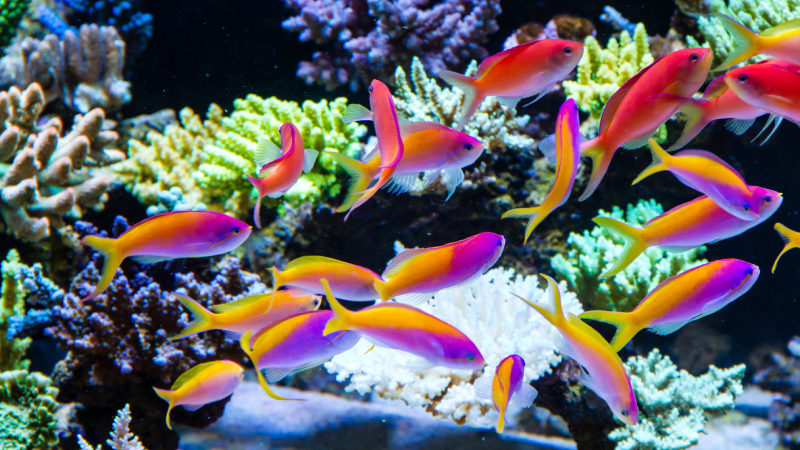
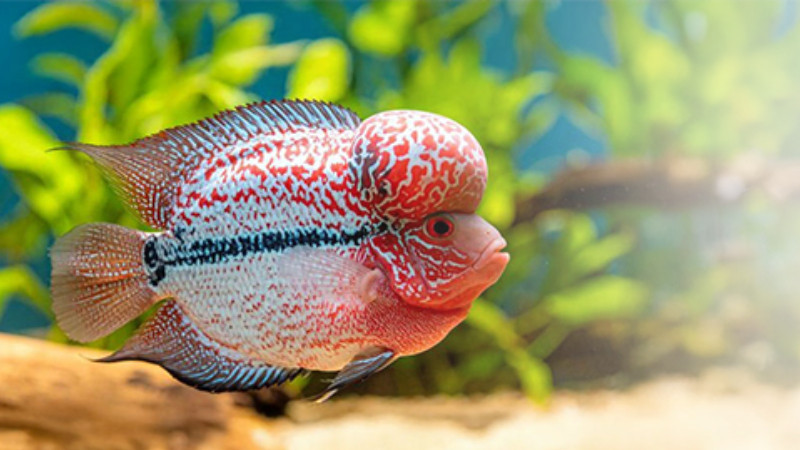
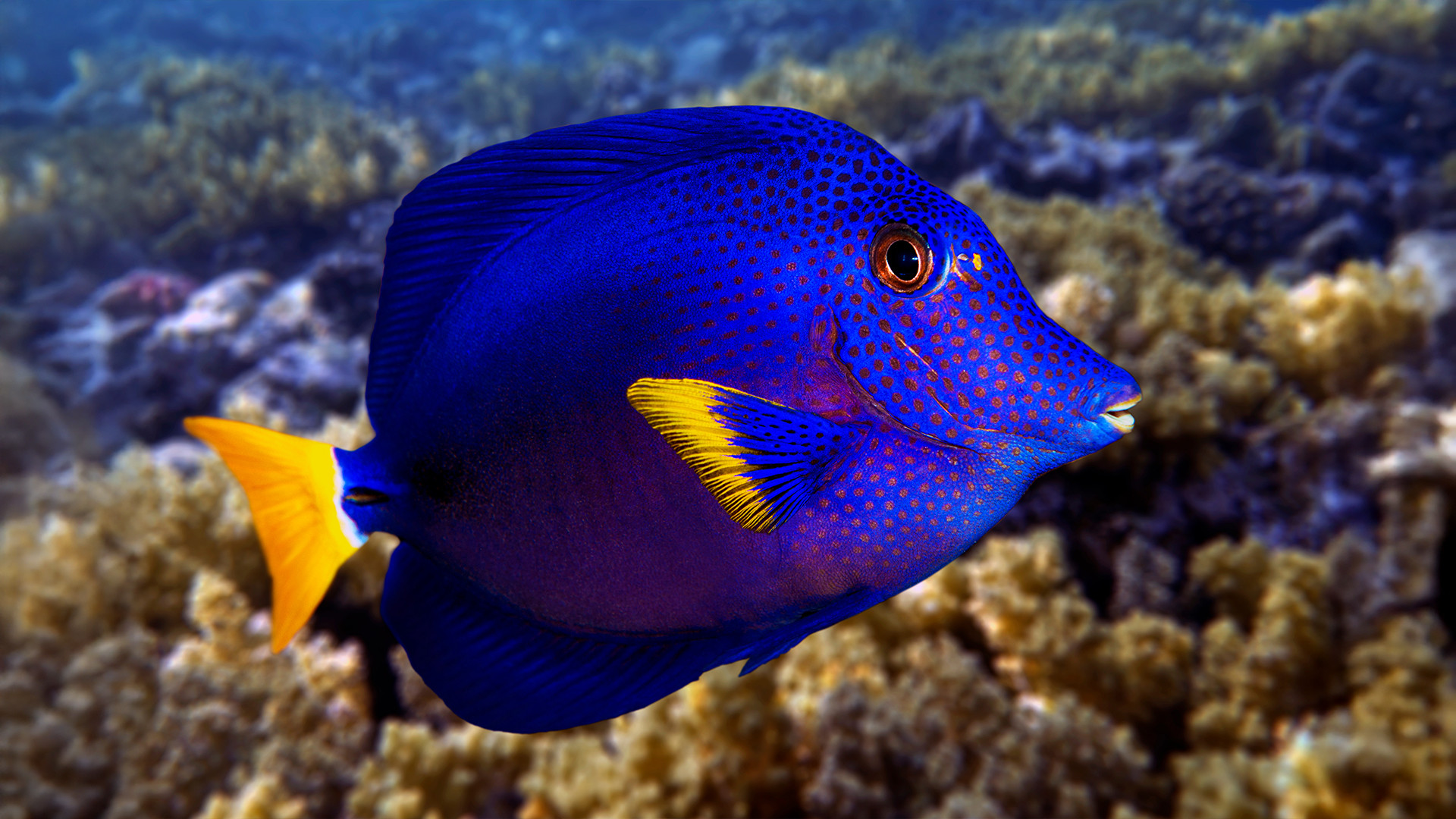

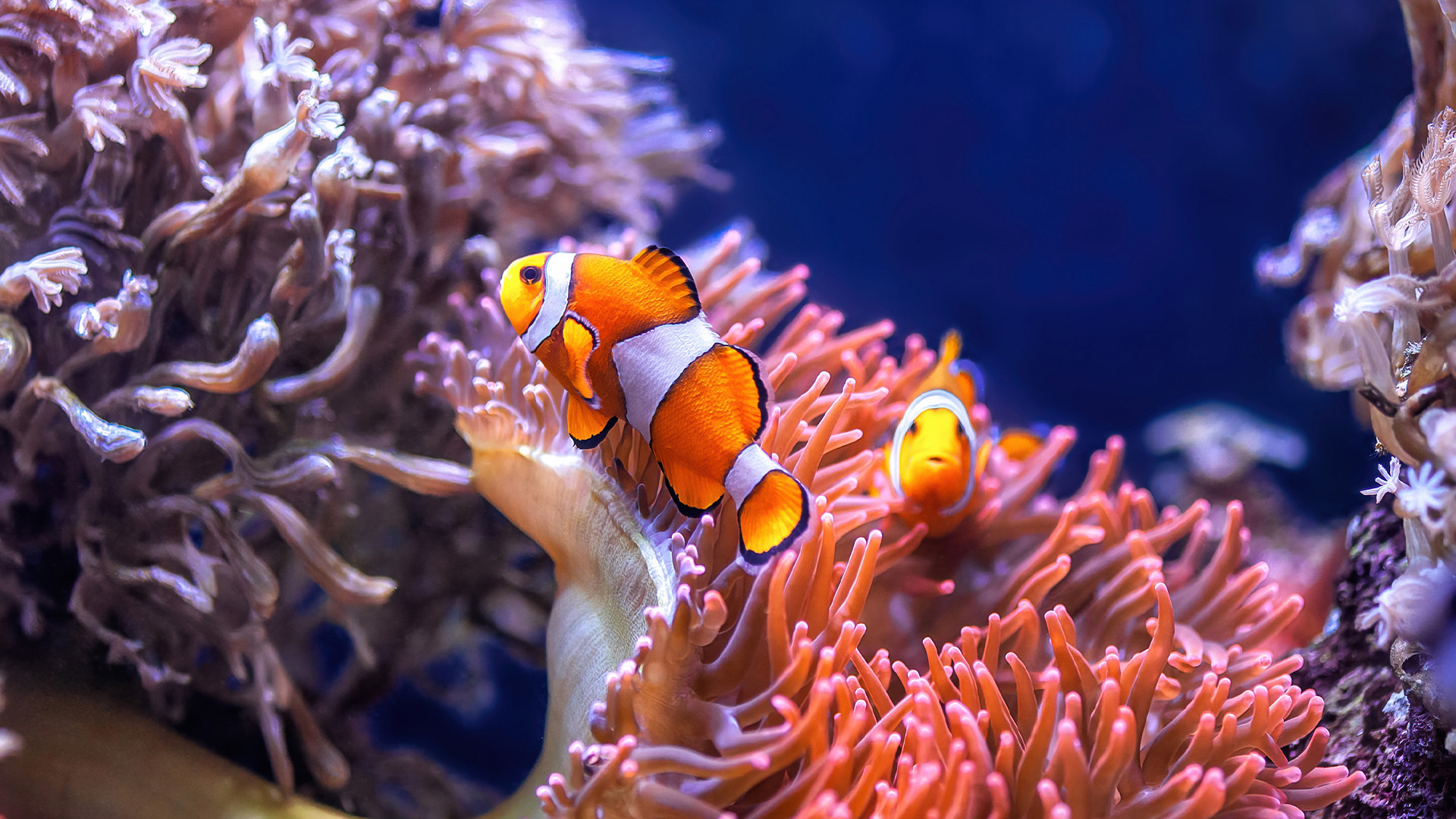
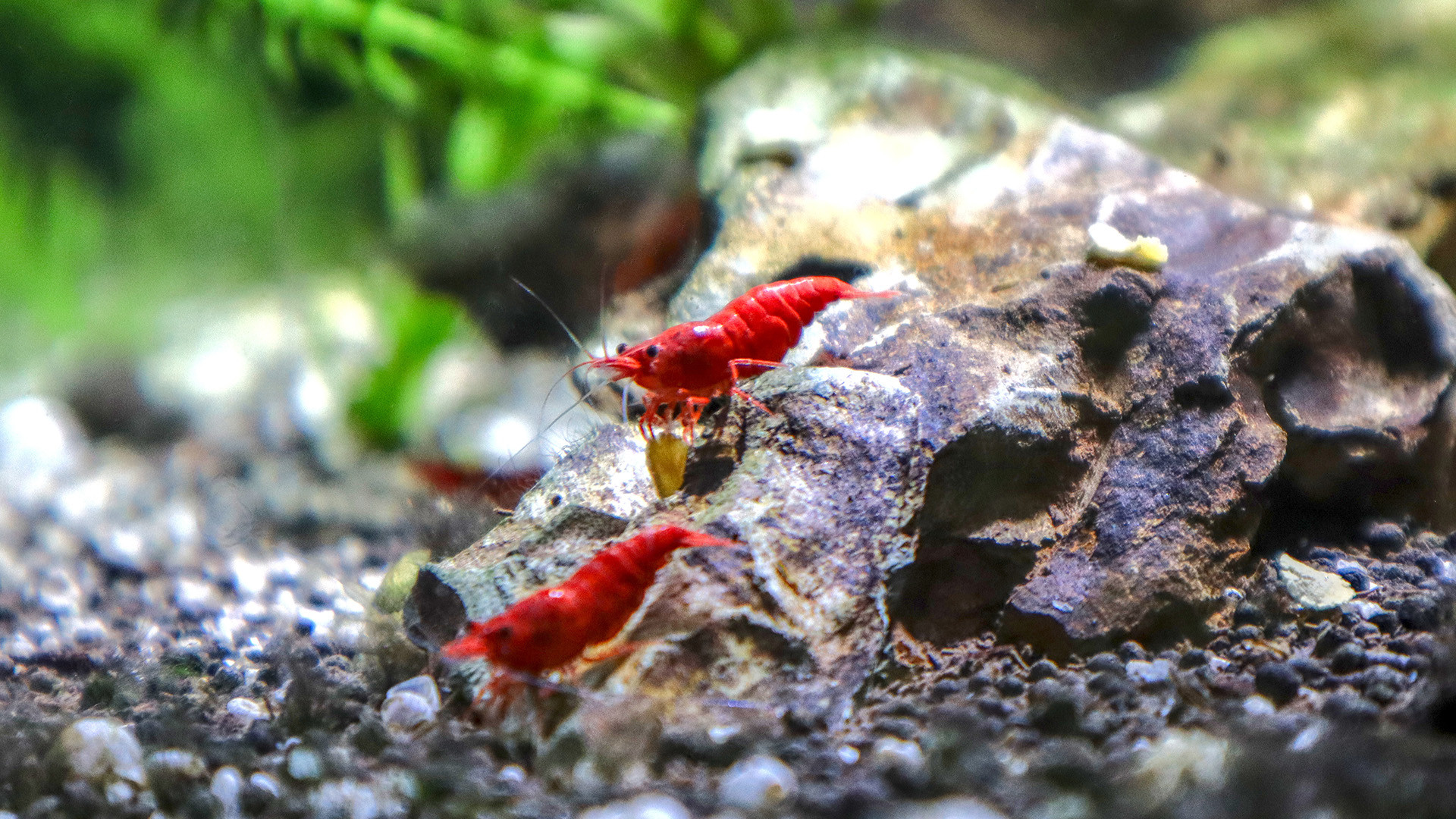
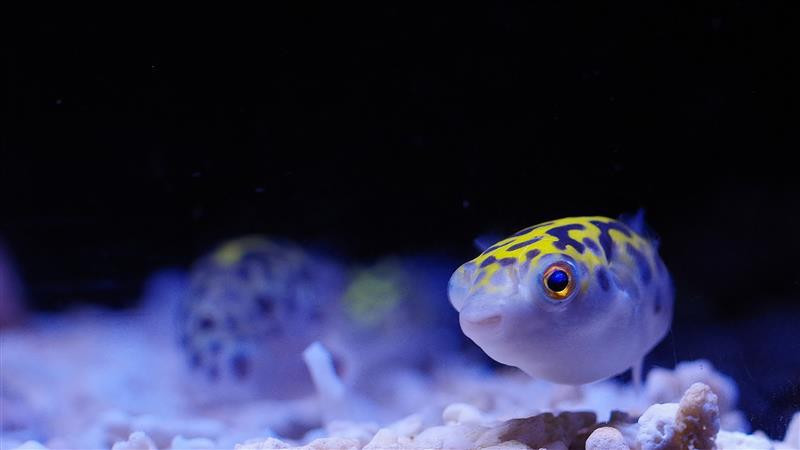
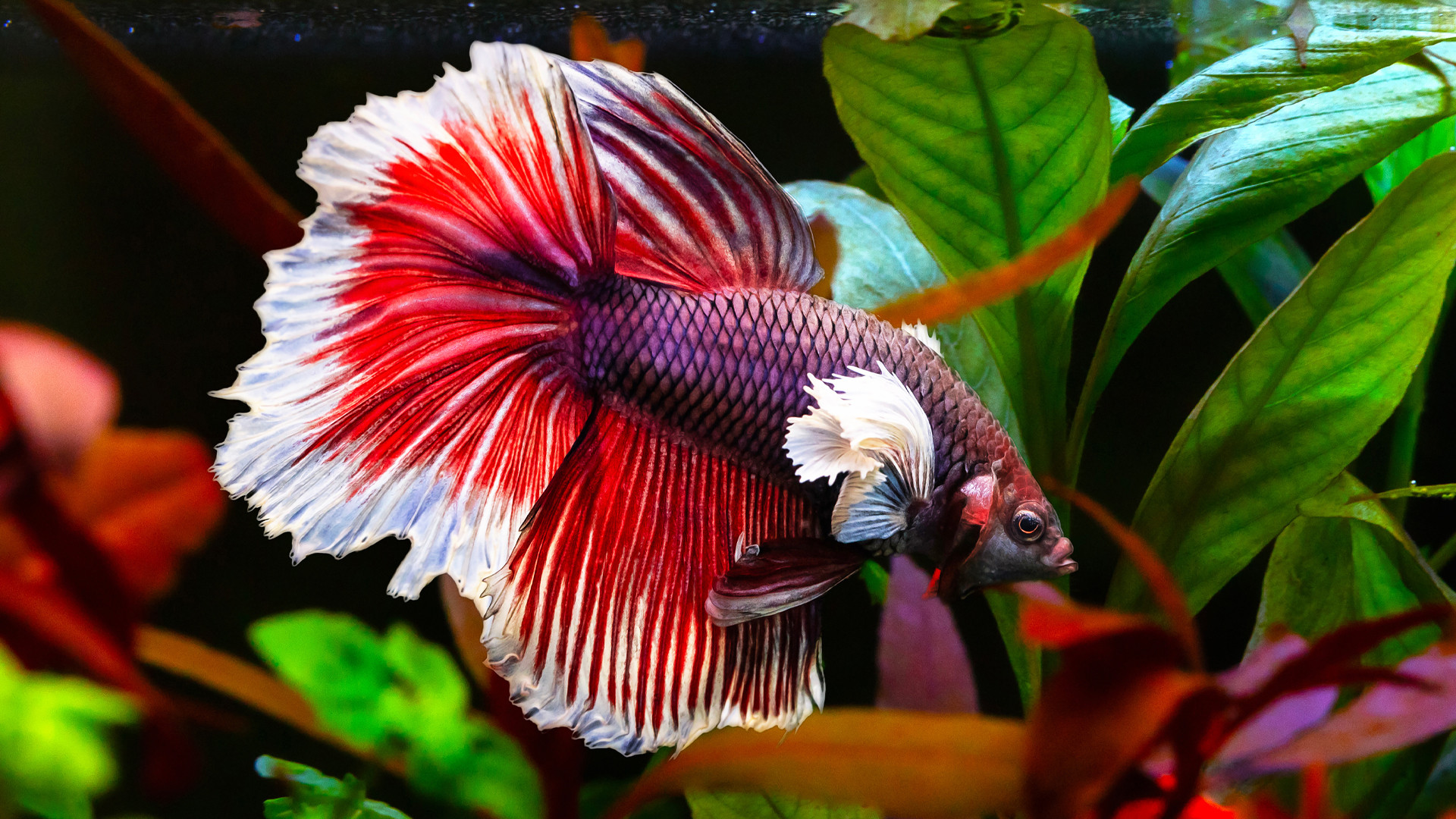
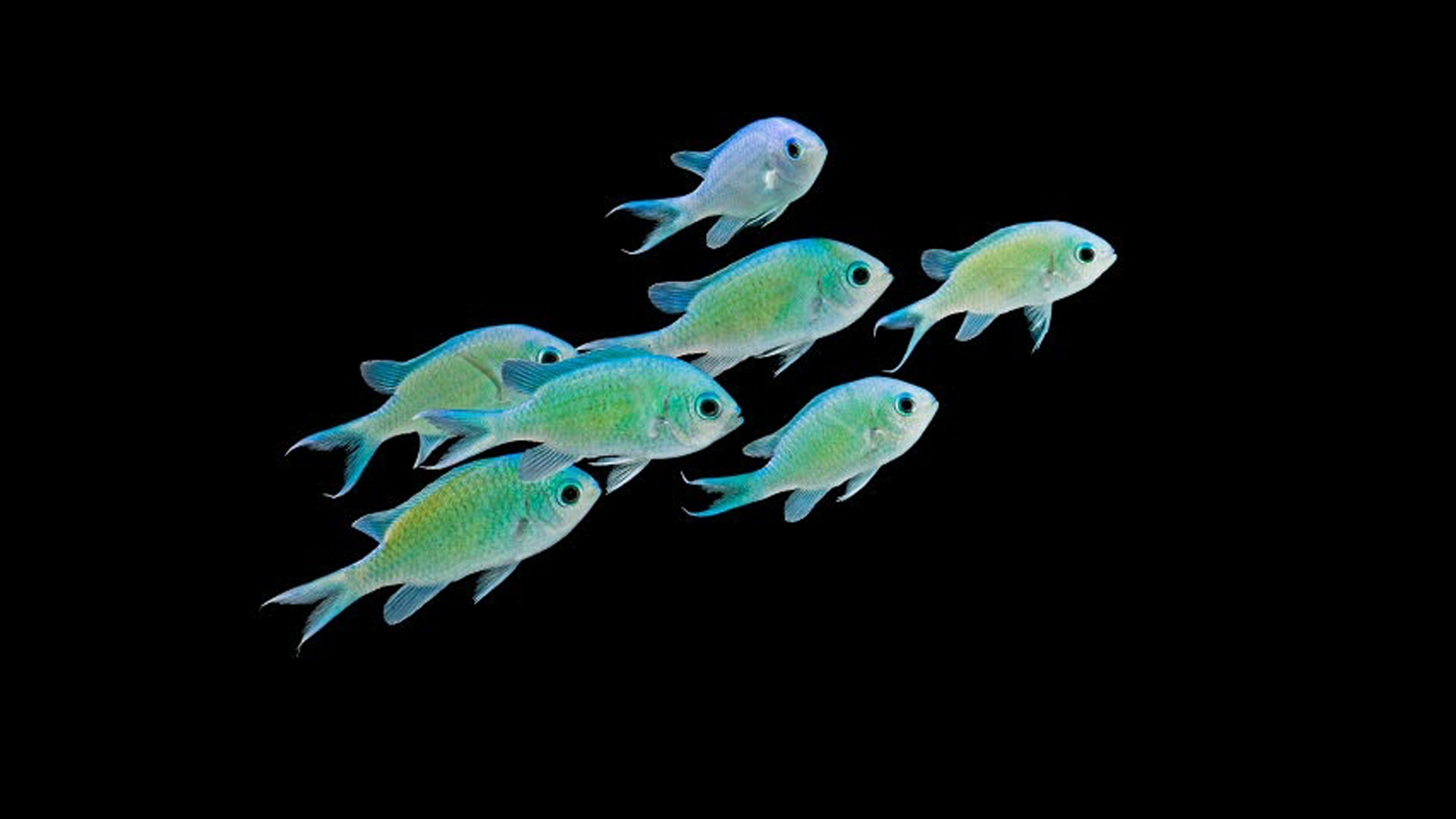
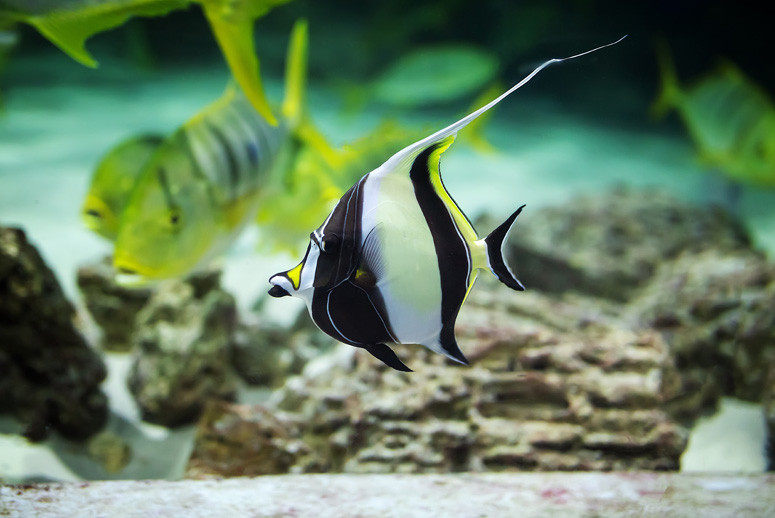



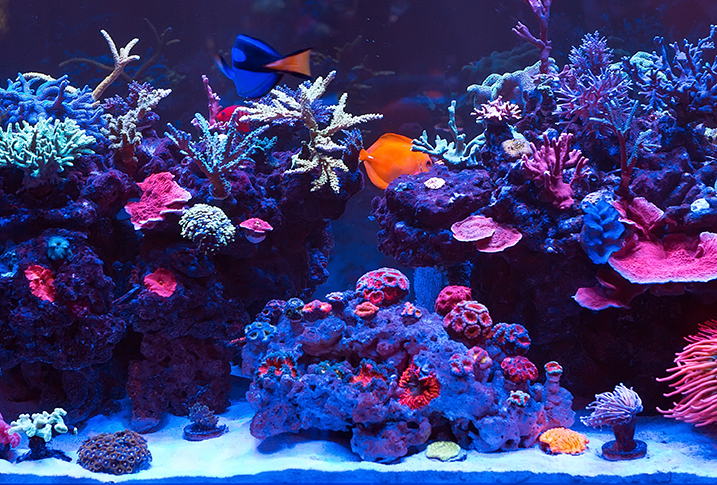
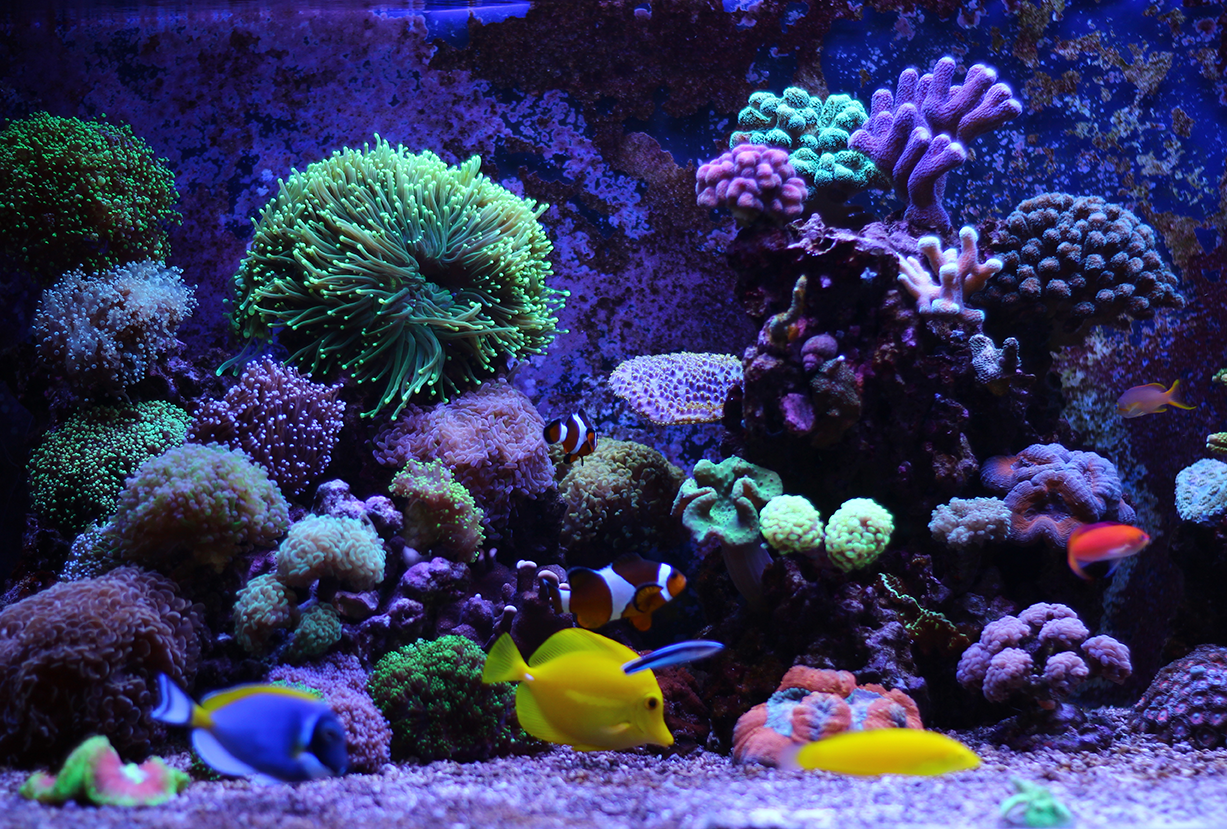
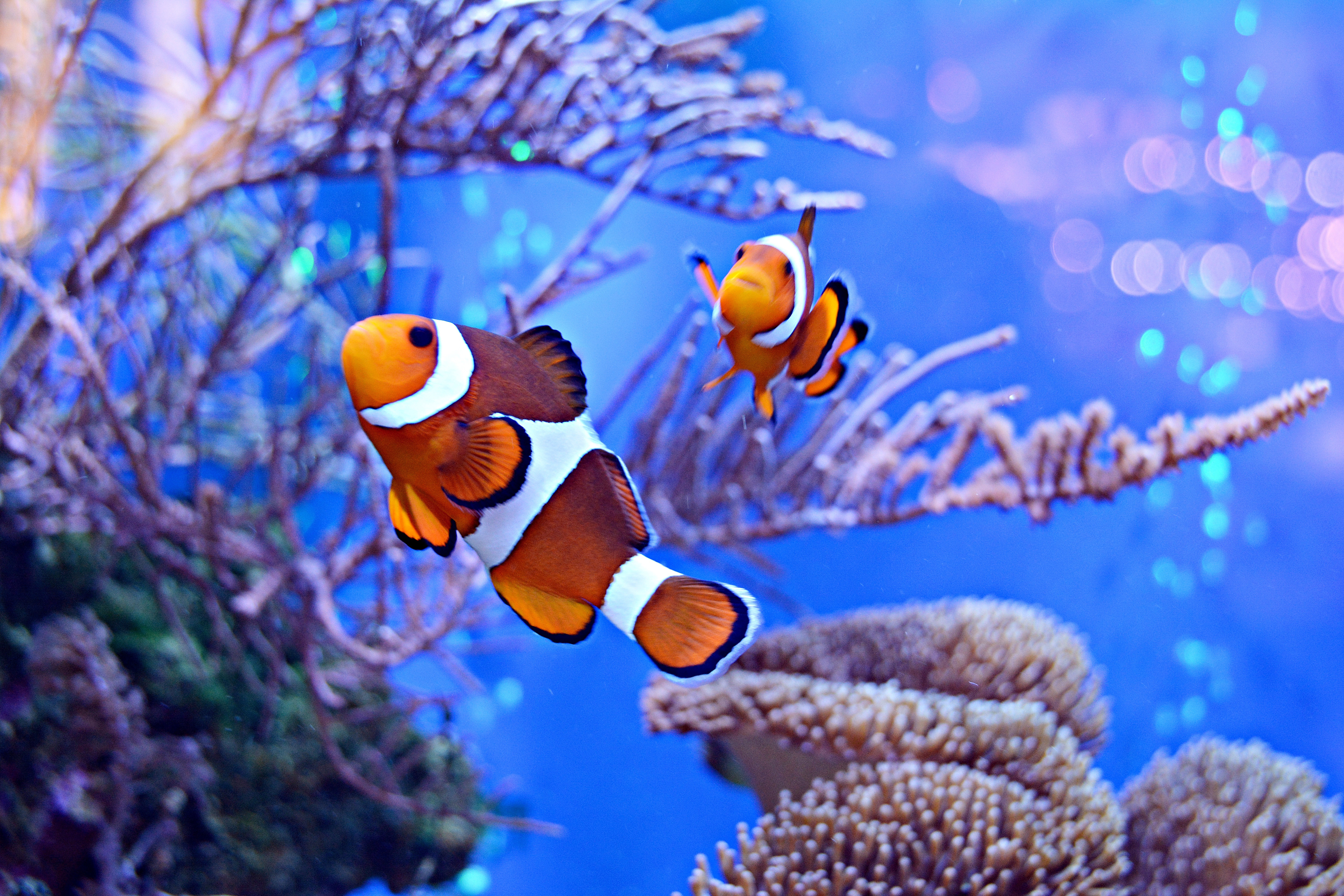
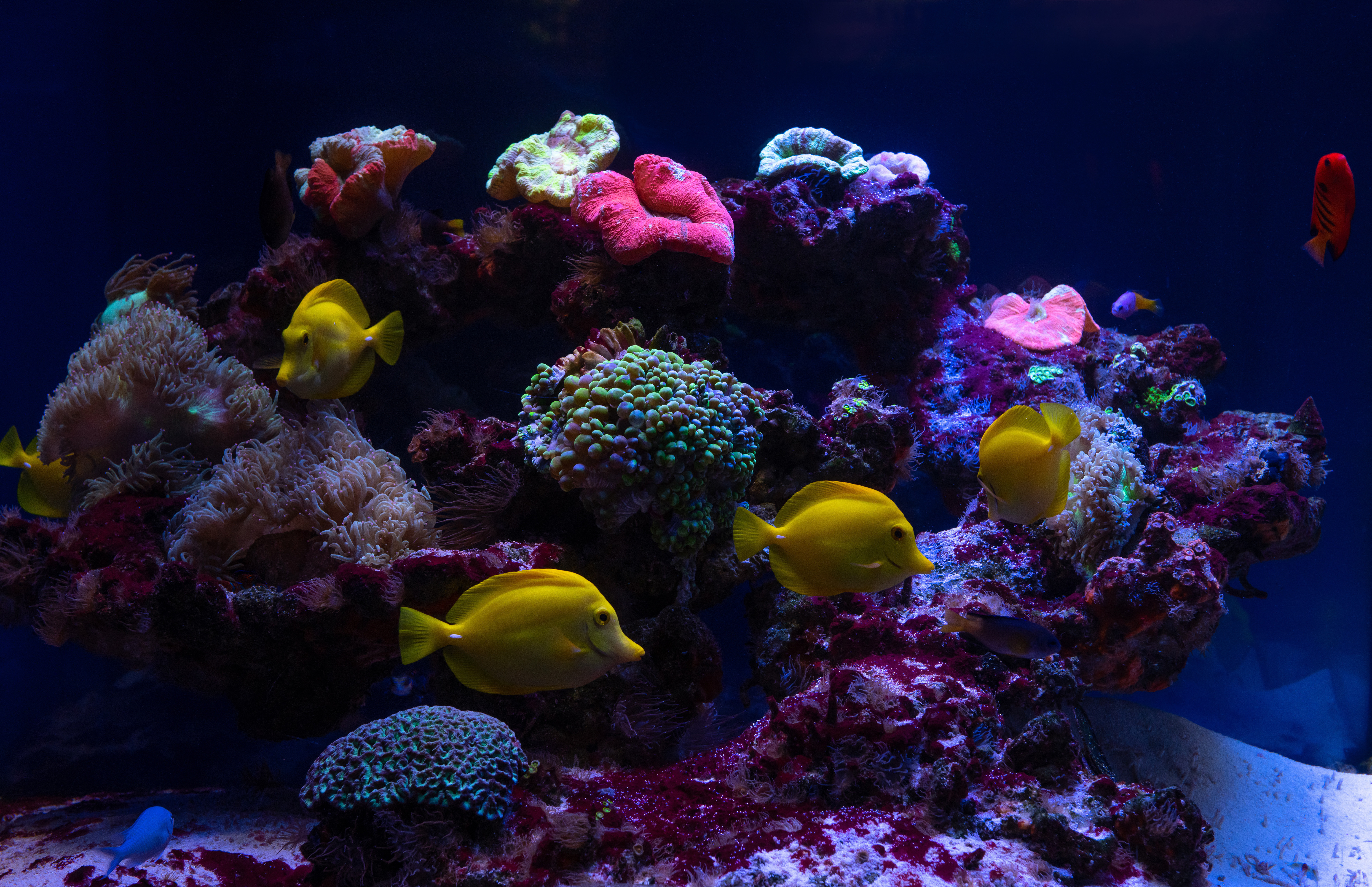
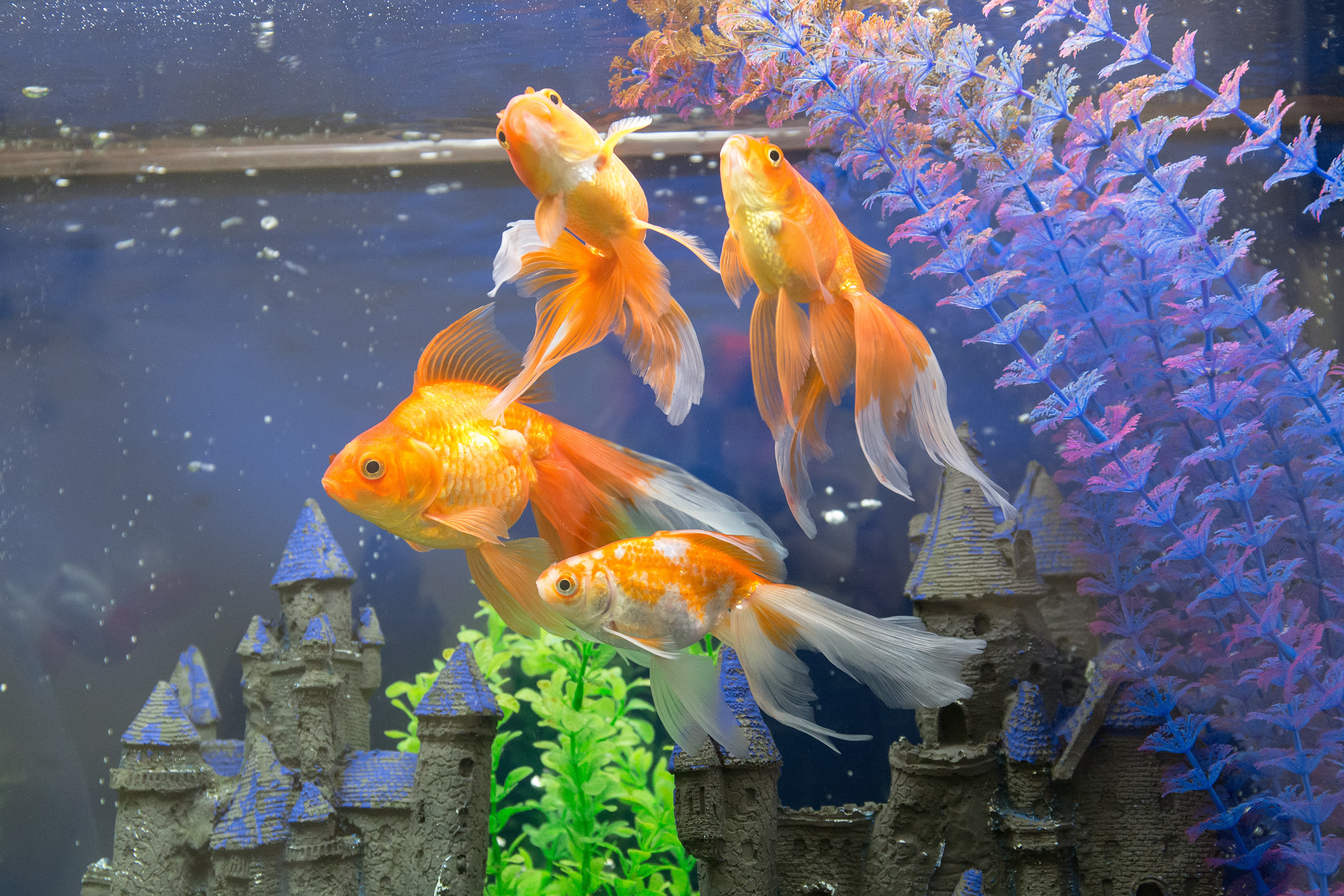
Leave a comment